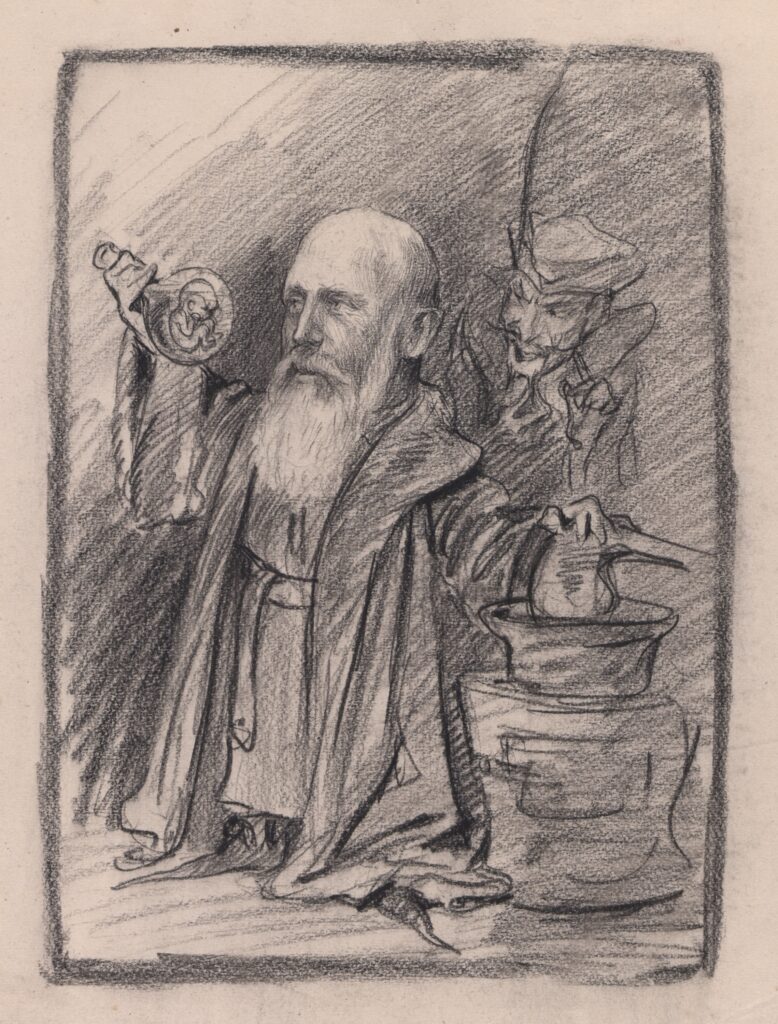1879 | Mayer & the tobacco mosaic disease
The history of virology in Wageningen dates back to the late nineteenth century.
In 1879, Adolf Mayer, head of the newly established Landbouwproefstation (Agricultural Research Station) and Chemistry teacher at the Rijkslandbouwschool (National Agricultural School) in Wageningen, was asked by tobacco growers in the province of Utrecht to investigate a strange disease that led to mosaic-like patterns on tobacco leaves. The disease made the leaves unusable for processing in the cigar industry. In 1882, Mayer published a research paper on the ‘tobacco mosaic disease’, in the Groningen Journal of Agricultural Science, describing the symptoms in detail. He showed that the disease could be transmitted by using the sap of the affected plant to infect healthy plants.
Mayer examined the plant sap with the use of filter paper and concluded the sap was still infectious after filtration. However, he could not detect the pathogen microscopically and came to the conclusion that the pathogen was probably a small bacterium, while also noting that it “could be a soluble ‘enzyme’-like blemish.”
